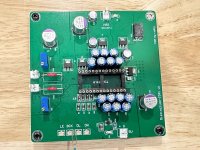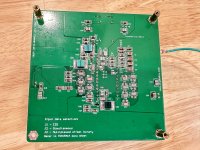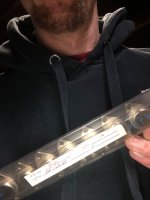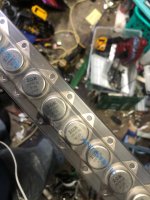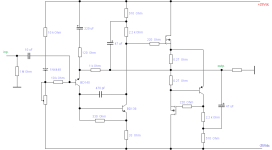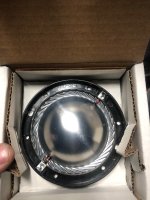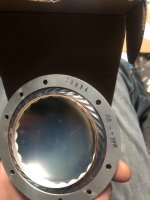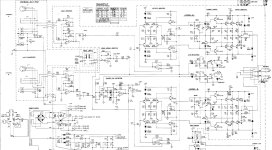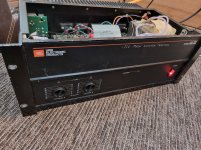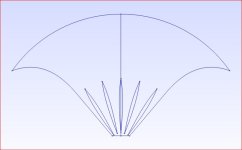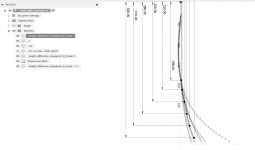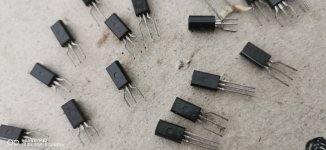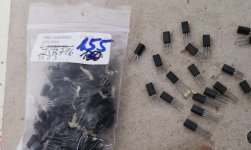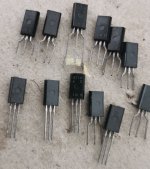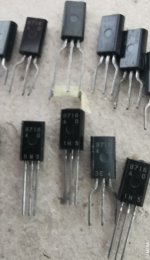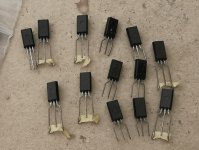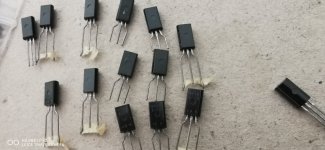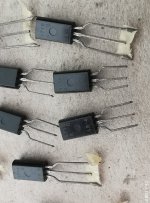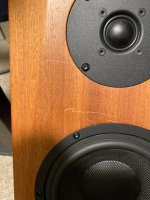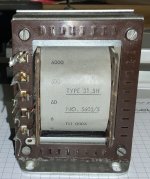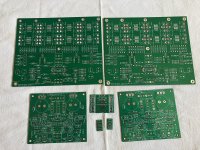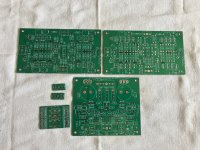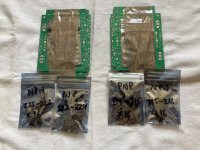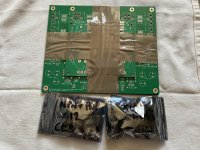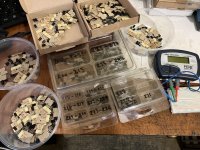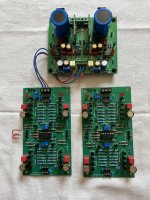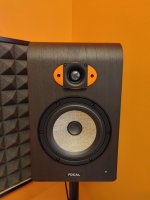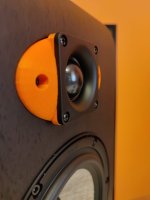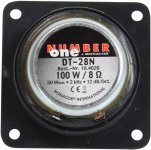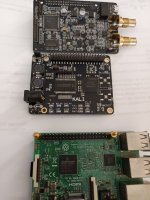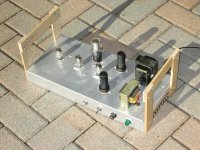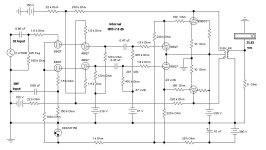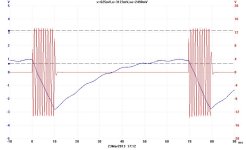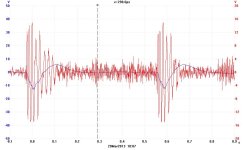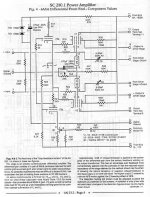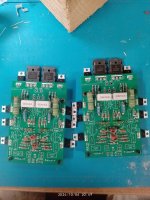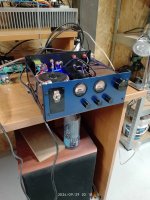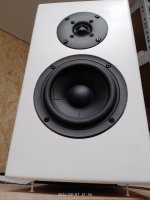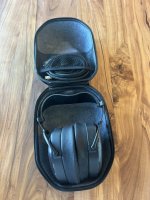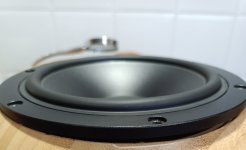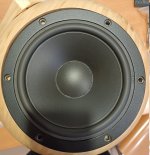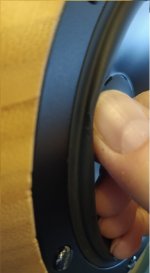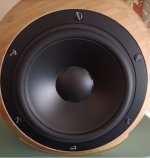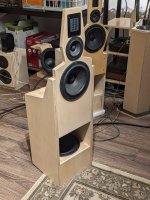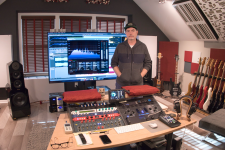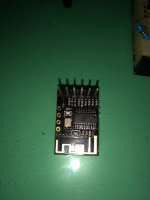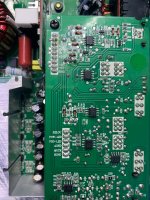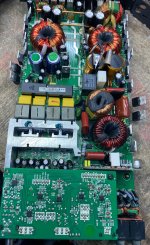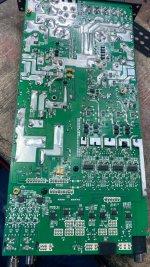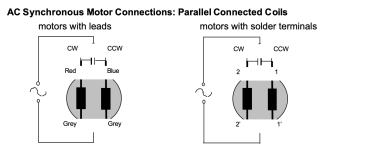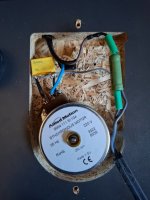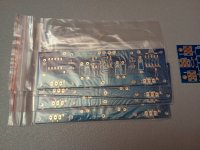At the risk of coming off as overdemanding & scattered, I ask for help with another project: create a passive crossover to go between a GRS version of the NEO3 planar tweeter & the old Peerless/Tymphany NE123-8.
https://loudspeakerdatabase.com/Peerless/NE123W-08
These are used in a 4-way active speaker that was a clone of the Linkwitz LX521 that I built last year for my son. I just converted it to a monopole closed box bass speaker. My son changed his mind about what he wants to do with the speakers: before, sound great, no need for real loud. Now, real loud, especially for deep bass. Force-cancellation OB Peerless SLS10 woofers did not cut it.
It took a lot of swearing and work but I managed to shoehorn a Dayton RSS265HF-8 to replace the original woofers. Now they are more like Juhazi's Ainograients -- monopole closed bass, OB above. No question this produces more deep bass at higher volume than the original config.
The new bass section has internal volume of ~1.3 cubic ft, stuffed with around 10-12 oz of teased long wool hair, a Q=0.68, Fs=39Hz, and within a foot of the wall behind, with +8 dB @ 35Hz, is down -3 dB at 30Hz. I doubt it can stay uncompressed to 100 dB, but that's probably good enough. So far, I have not heard the driver or 2x150W amp overload with music.
Before:
Now:
But as you might know from
my recent forum posts, my son has expressed an interest in even more power/depth in the bass, which is mostly what is driving my investigation of subs and the SB Audience Nero 15" 800.
One of the challenges is the need for a 5th active band -- ie more than an 8-ch miniDSP OpenDRC-DA8 can handle -- and all the crossover complexity & expense this entails. In my son's home, such complexity is not really ideal.
SO... my thinking is to go passive between tweeter & high mid to reduce the active bands in the main speakers to 6 so the subwoofer, when it's introduced to the system, can run off the DA8 directly. The amplifier I built for him uses 3 of Eric A's 2x150W modules and one 2x300W module (from DIYaudio's vendor bazaar). The latter can be bridged to 600W, to minimum 6 ohm load, which suits a Nero 15SW800 well.
One day soon I have to learn to design passive crossovers with VituixCad, but that day hasn't come yet. Which is why I beg for your help. I'll provide whatever measurements are needed. I know it doesn't have to be perfect because PEQ in the miniDSP can be brought to bear, but it'd be nice to get close.
My target is acoustic (effective?) LR4 @ 3kHz. Open to LR2 & B3 as well. Tweeter needs 3-4 dB padding to compensate for its higher sensitivity.
I have a week-long window to pull this off, so there is time pressure. At least, I need to do all the raw driver measurements within a week.
